A tidy Porsche 911 can be had for the same money as a family hatchback - but if you're buying one here's some tips on what to look out for.
Our expert guide is Paul Stephens, an independent Porsche sales and servicing specialist based on Essex.
See the Porsche 911 buying guide pictures
"The early 3.4-litre cars are more frail than the post-2001 3.6s," he says. "The engine's the problem. They develop cracked cylinder heads, dropepd cylinder liners and cracked intermediate driveshafts, all completely unpredictably.
"I've heard of scrapped engines at as little as 15,000 miles. And replacing an engine is a £10,000 job, unless you can find a crashed donor car. The only way to be sure you are buying a car with a good engine is to have it inspected."
Engine
Don’t buy a 3.4 before you’ve had it inspected. Rear main oil seal and intermediate shaft seal also have a limited life; those are £540, every couple of years. Air mass meters and ignition coils are troublemakers, too.
Radiators
Leaf build-up inside any 911’s air intakes is to be avoided; it causes the radiators to corrode, and they cost £505 for a pair. A new coolant reservoir will cost you £293.
Air conditioningTry the air conditioning in the car you’re looking at. If it doesn’t blow cold, you’ll probably have to fork out for a new air-con condenser - and it’ll cost you a painful £570.
Chassis
If your car is creaking, it’ll probably need new front suspension wishbones; Porsche calls them coffin arms, and charges £546 for a pair. A regularly used 996 will need new ones every three years or so.
Brakes, wheels, tyres
Brake discs can crack and warp, and four new ones will set you back £622. A set of pristine alloys are worth paying a £500 premium for; they’re often symptomatic of a cared-for car. If the front wheels look like they’re running too much negative camber, the car will need new coffin arms.
Which version to buy?
At this age, mileage and condition determine price, not the model. Don’t necessarily pay more for a C4 than a C2, or for a convertible over a coupe. Manuals cost more than Tiptronics, but new clutches are £1000 a pop. If you’re buying a convertible, remember that the hard-top should come included; don’t be conned into paying extra for it.
Twitter - follow autocar.co.ukSee all the latest Porsche reviews, news and video

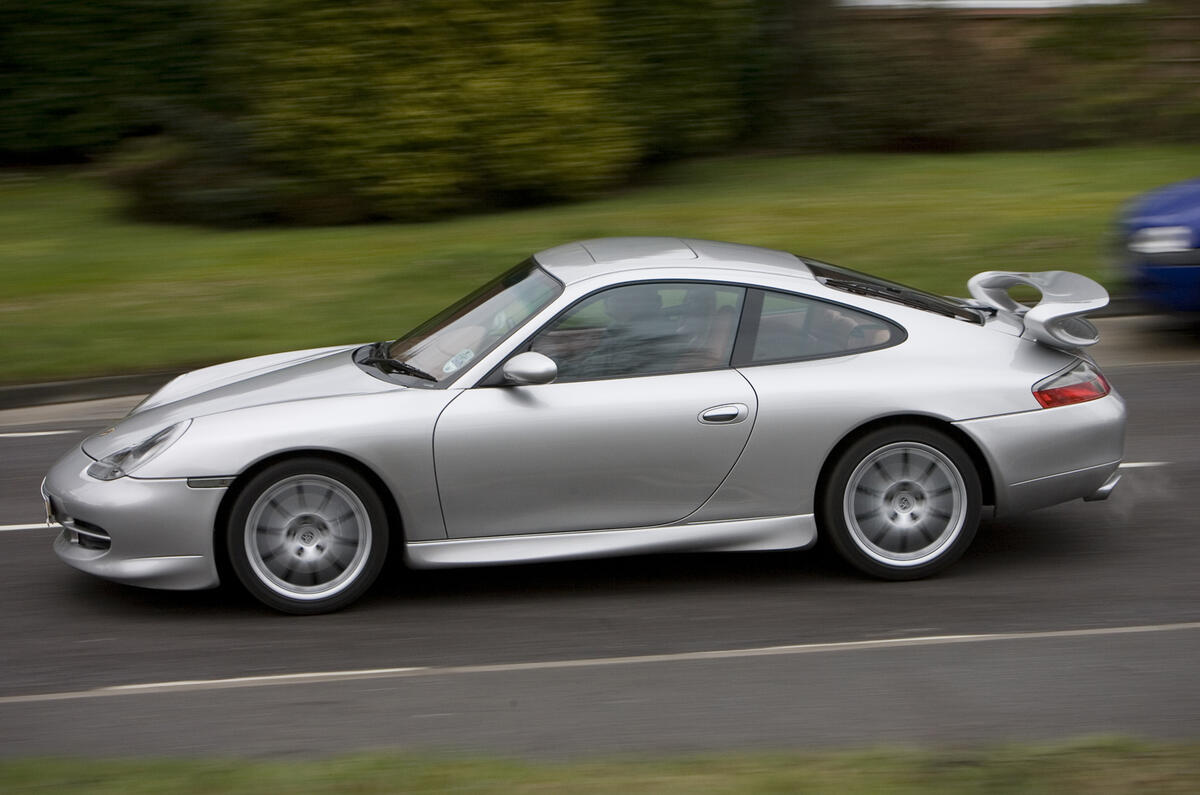


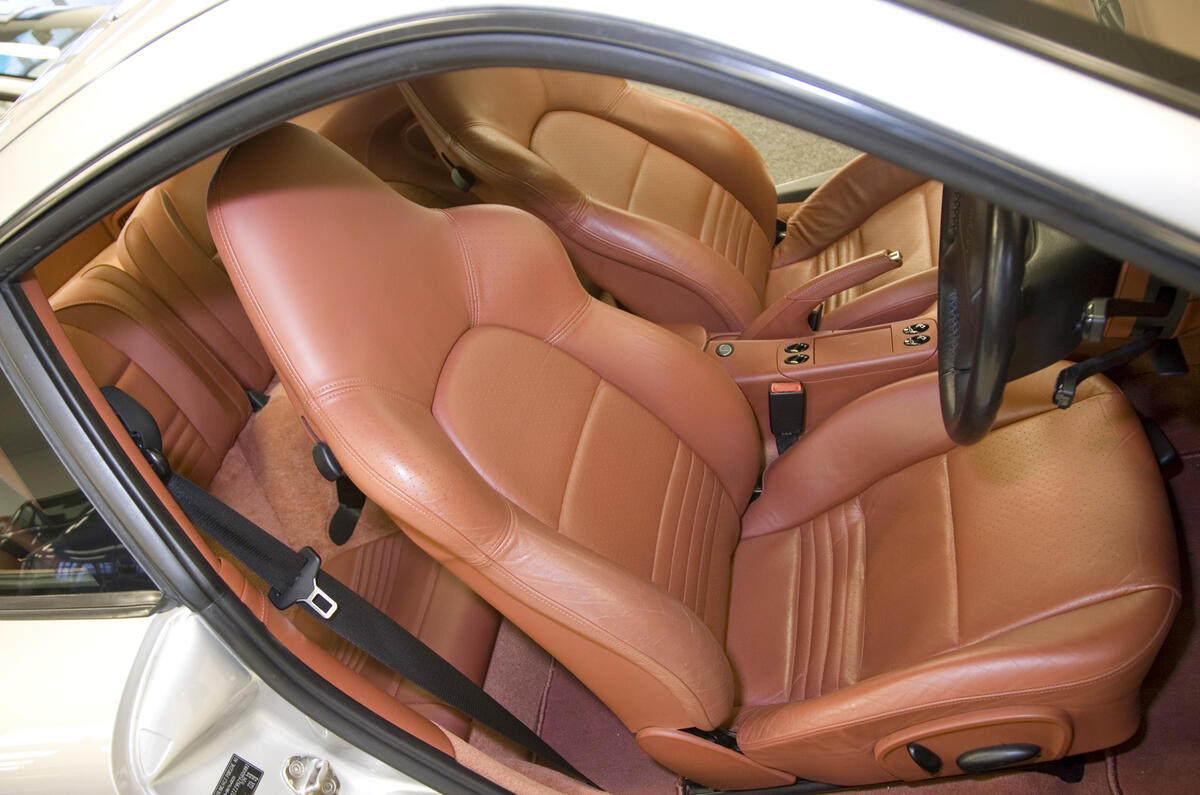
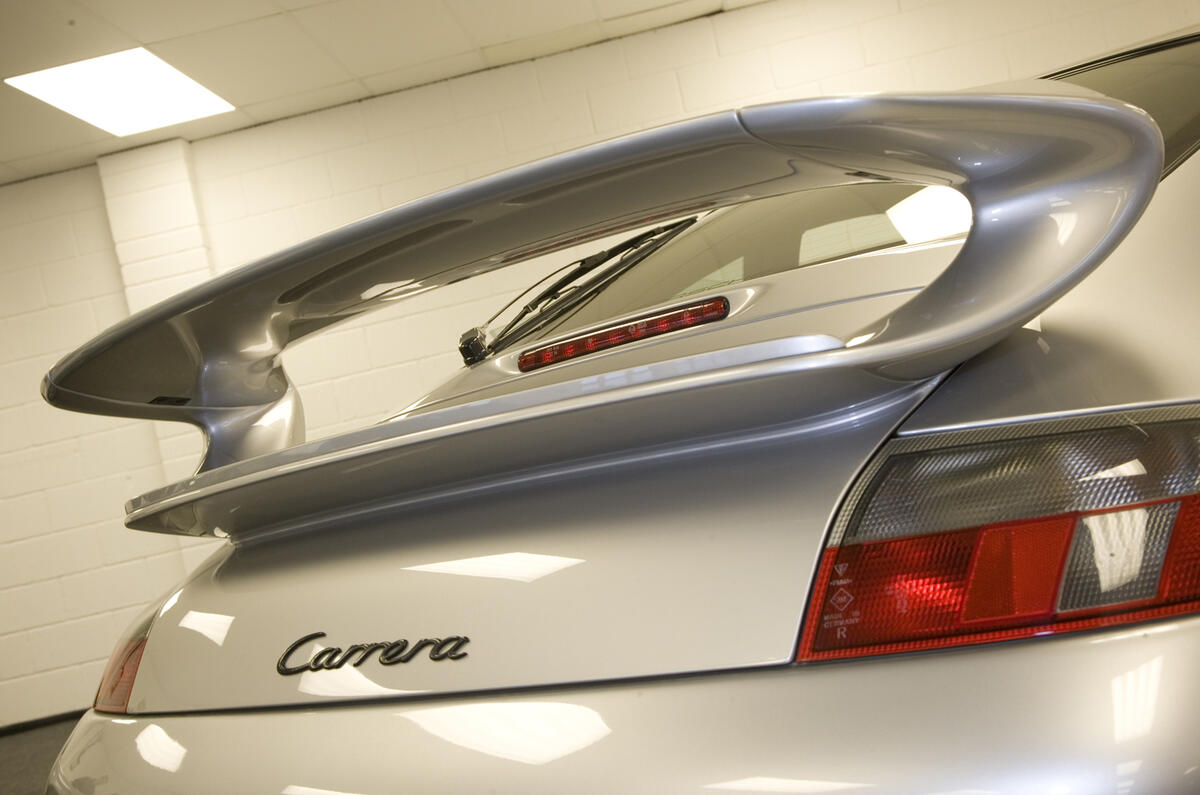
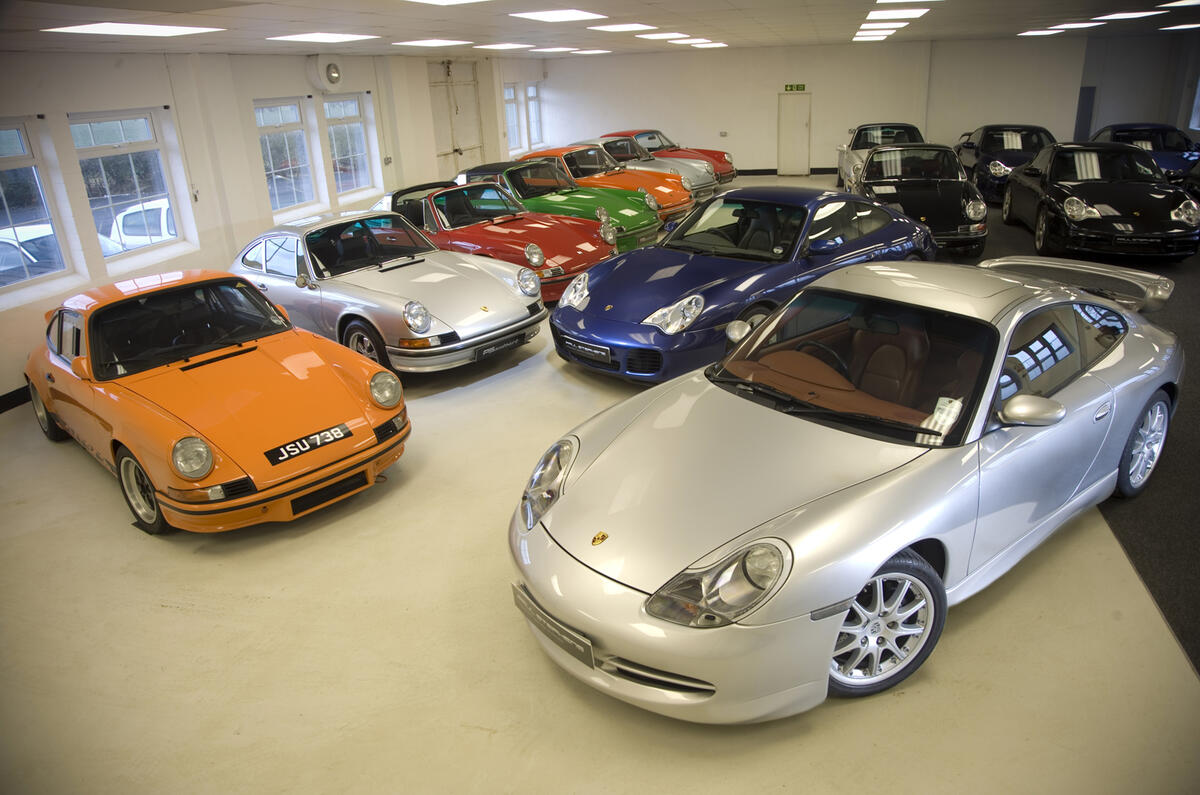
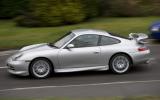








Join the debate
Add your comment
Re: Porsche 911 used buyer's guide
Hey, the DeLorean wasn't actually that bad when you put it into the context of it's development time/overall budget/workforce experience and number of units produced. Plus the fact that other than body panels, most parts cost peanuts compared to Porsche prices as lots of greasy bits were pilfered from bread-and-butter cars anyway.
I'd still have a 993 like a shot if I had the disposable income to run one, but seeing as I don't I'll settle for that other shining beacon of unreliableness, my Peugeot 307 HDI SW.
Re: Porsche 911 used buyer's guide
Not sure where this guy got his information from. I have had a 1999 C4 3.4 for nearly 4 years covered 20K miles, currently the car has done 56K miles no issues at all.
Also I was not aware that the car engine has liners as described and that the main shaft cracks.
The radiators can be a problem, however most good garages simply vacuum out the leaves during normal servicing, thereby avoiding the problem.
If somebody is thinking about a 996 3.4 just visit all the related websites where you will get a more accurate assessment of this particular model.
Re: Porsche 911 used buyer's guide
Some people seem to be slightly missing the point of this article. It is not saying this will happen to alll 911 3.4s. It is highlighting the potentially problematic areas. If one reads a buyers guide on any high-end sports or even luxury car, the articles nearly always read like this one. I recently read a Ferrari 355 buyers guide, it sounded terrifying yet strangely irresistable.
However, I am fully aware that the 996 was not porsche's best moment in terms of build quality. Just pointing out that it is not a delorean either.